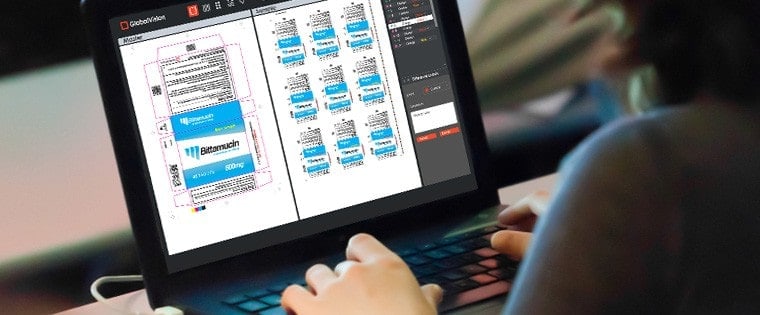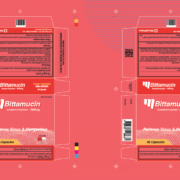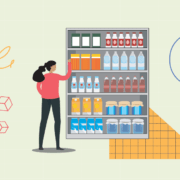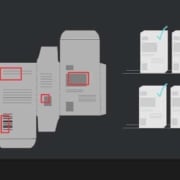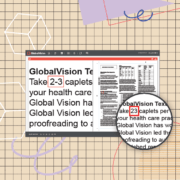A Printed Proof for Every Occasion: A Guide to the Types of Prepress Proofs
Date: February, 2018 | Category: Proofreading | Author: Mike Malz
If you’ve spent enough time in the packaging and labeling industry, you probably understand what printing proofs are and how they are used. For those of you who are new to the industry, welcome!
There are different kinds of printing proofs that serve different functions. For anyone in the pharmaceutical, food & beverage, and cosmetic industries, it’s important to understand how and when the different types of printer proofs are used.
Firstly, printing proofs are like a contract between the client and the printer. In other words, it’s an agreement that what’s being created meets the customer’s requirements before it’s printed. It is also called a prepress sample which is reviewed to ensure that all the information on the labeling or packaging is accurate.
They are just so critical to the proofreading process that most have run into them at one point or another.
Now that We Know What Printing Proofs Are…
There are many different types of printing proofs that can be generated, but none can be distinguished as being better than the other. It will be up to the graphic designer to choose a type of proof based on how it will be used. Since there are many kinds, it’s important to key in on what makes some more popular.
Hard Proofs vs Soft Proofs
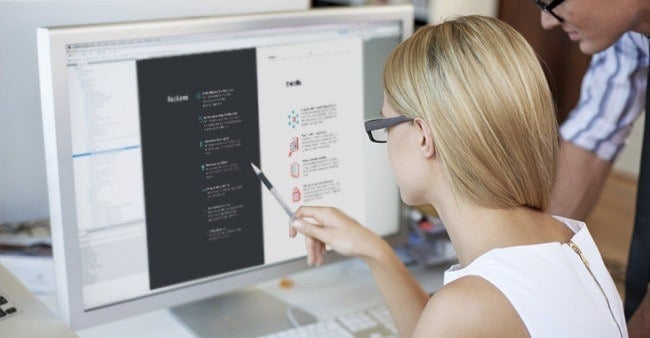
The difference between the two might seem obvious, but they are in no way the same thing. Firstly, a soft proof, also known as anelectronic proof, is produced as a file that will be created for any kind of packaging.
Digital proofs start out as an idea that is transformed into something practical seen on a box, carton, or label. Digital proofs are where the first step of proofreading begins. The proofreaders will review the artwork and point out any differences between the master and sample files. Most companies use proofreading software, like GlobalVision to save time and improve accuracy.
On the other hand, a hard copy is the physical proof. Thus, the electronic printing proof that started out as an idea now becomes tangible. This type of printed proof is ideal for those who would like to see the colors and the graphics in physical form. However, the hard copy can also be reviewed and proofread at this stage. These proofs can be scanned and uploaded to a software system for review and users can check the graphics of their proofs to see if there are any differences between a master and a printed file. This would be the last point of review before the hard or soft copy is sent to the printers. However, there are different kinds of hard proofs which can vary depending on the printer.
Plotter Proofs

You may have heard of an inkjet proof, which is the same as a plotter proof. This is a hard copy of a file. A plotter proof is made to check the content and layout of files to see how the colors look after printing. This is a perfect option for anyone looking to save money. They are inexpensive to produce because these proofs are in a low-resolution format. These do not represent the final copies of the file, as they still need to be inspected before getting the final stamp of approval.
What About Graphic Design?
No matter the industry, every company must ensure all graphics and font sizes are printed correctly. A blueline proof is a graphic-design proof that can be done digitally or as a hard copy. The process is simple; the proof files are created on a thin blue paper that is light-sensitive and placed on a press. Once the proof is printed as a hard copy, the text and images show up in dark blue on light-blue paper.
There are many benefits to creating a blueline proof; the main one being that it’s another inexpensive option. Also, if there are corrections to be made, the proof can easily be modified, as the same negatives can be used from the sample file from the beginning of the process. Thus, it is also less expensive to correct errors with this option.
Conclusion
The popular option among many companies is to go with the soft or digital printed proofs. They are much easier to send to the printer and vice versa. Regardless of the type of printing proof you choose, it needs to be reviewed
 and proofread to ensure proper quality control. GlobalVision software can inspect files in seconds and provide you with a detailed report of the differences found.
and proofread to ensure proper quality control. GlobalVision software can inspect files in seconds and provide you with a detailed report of the differences found.
The only drawback, however, is the extra time needed to run the files through the software. Ultimately, choosing the right time can save you the time needed to inspect your files and save you money. It would be unfortunate to spend money on a type of proof only to realize that it was not the more cost-efficient one to use.
It is important to invest in technology that catches mistakes in your labeling or packaging. Running your files through a software system that could help you not only save money but your reputation from a disastrous recall, certainly doesn’t hurt.

